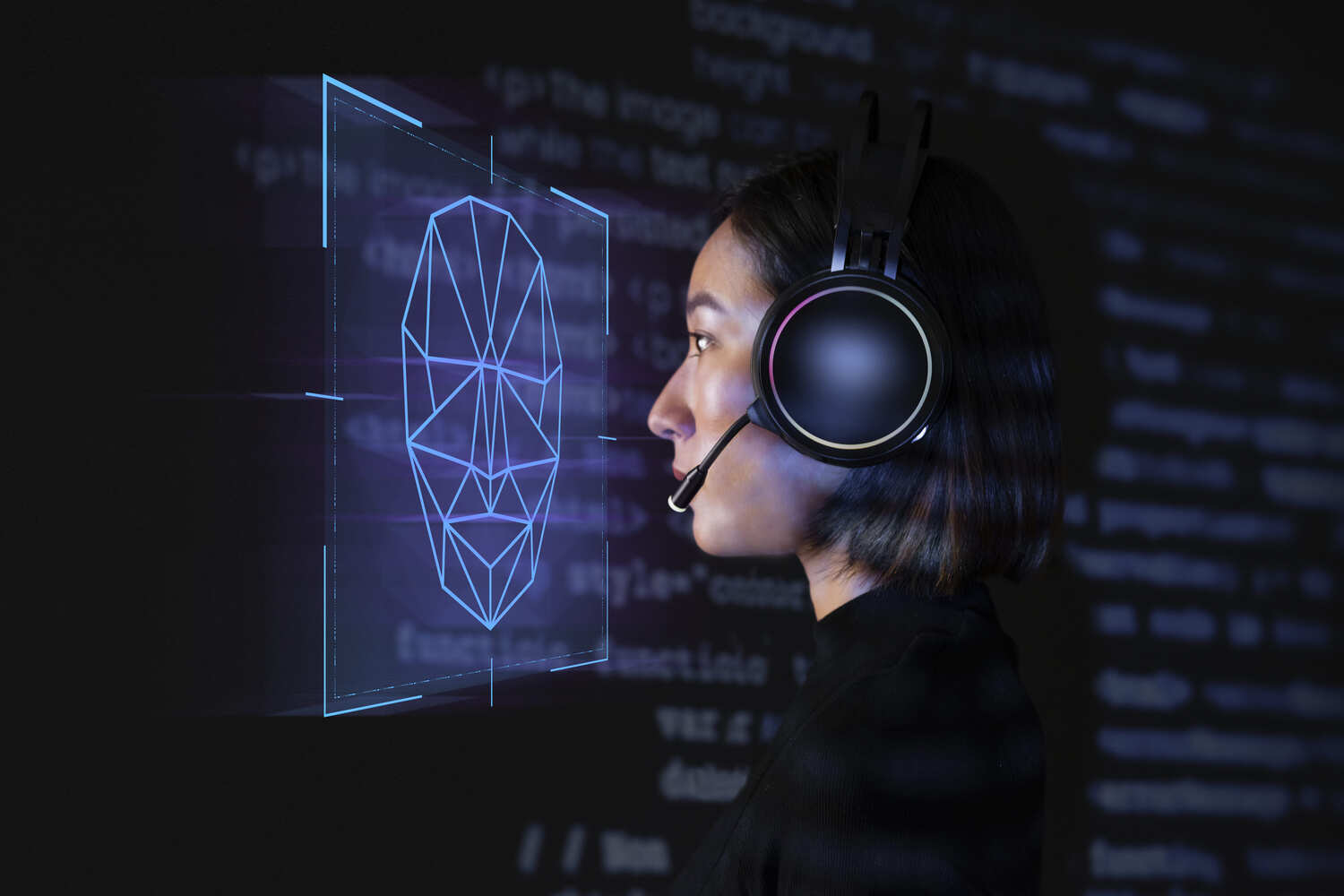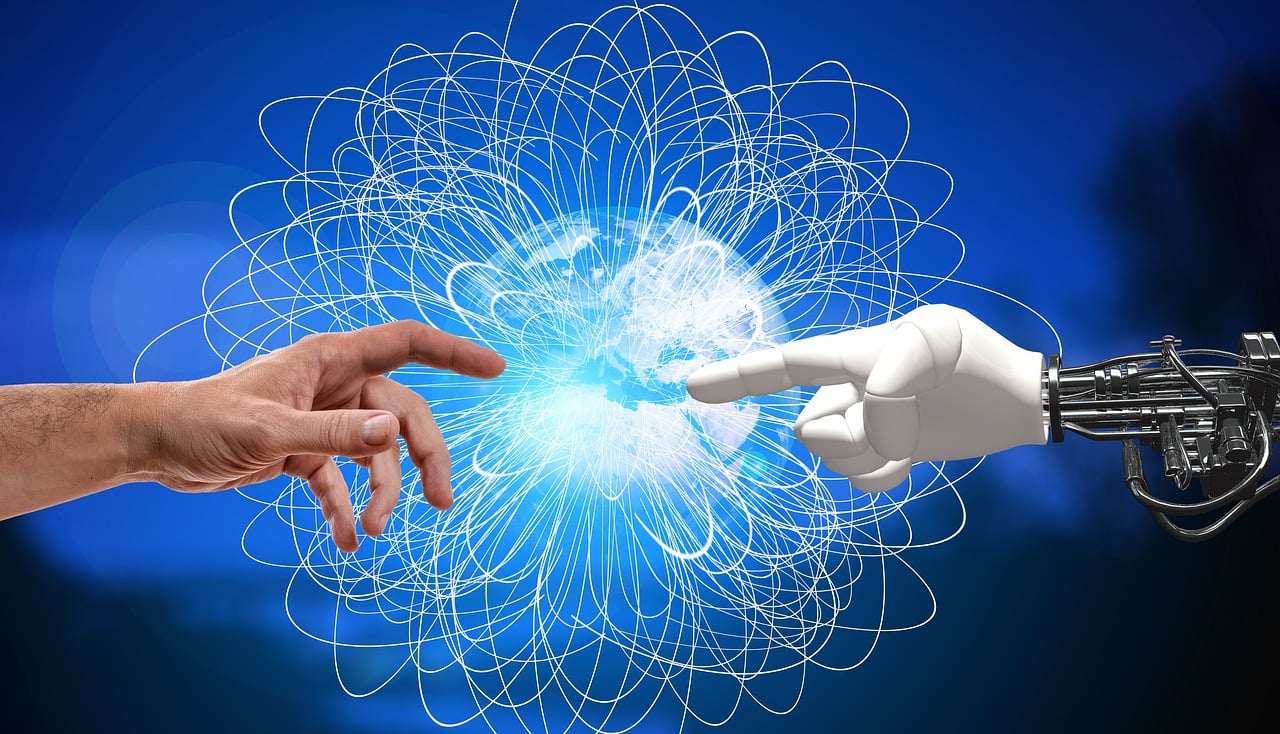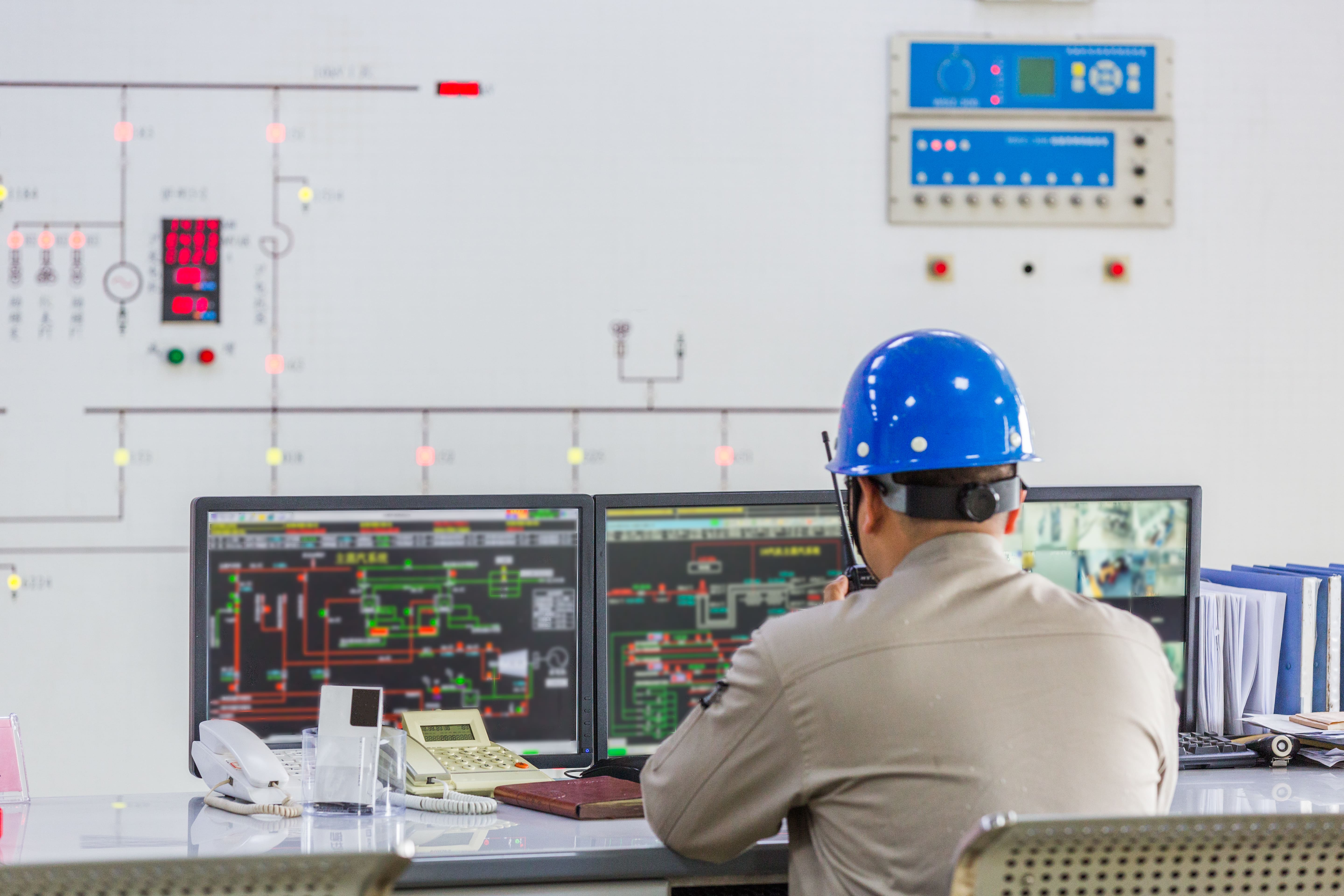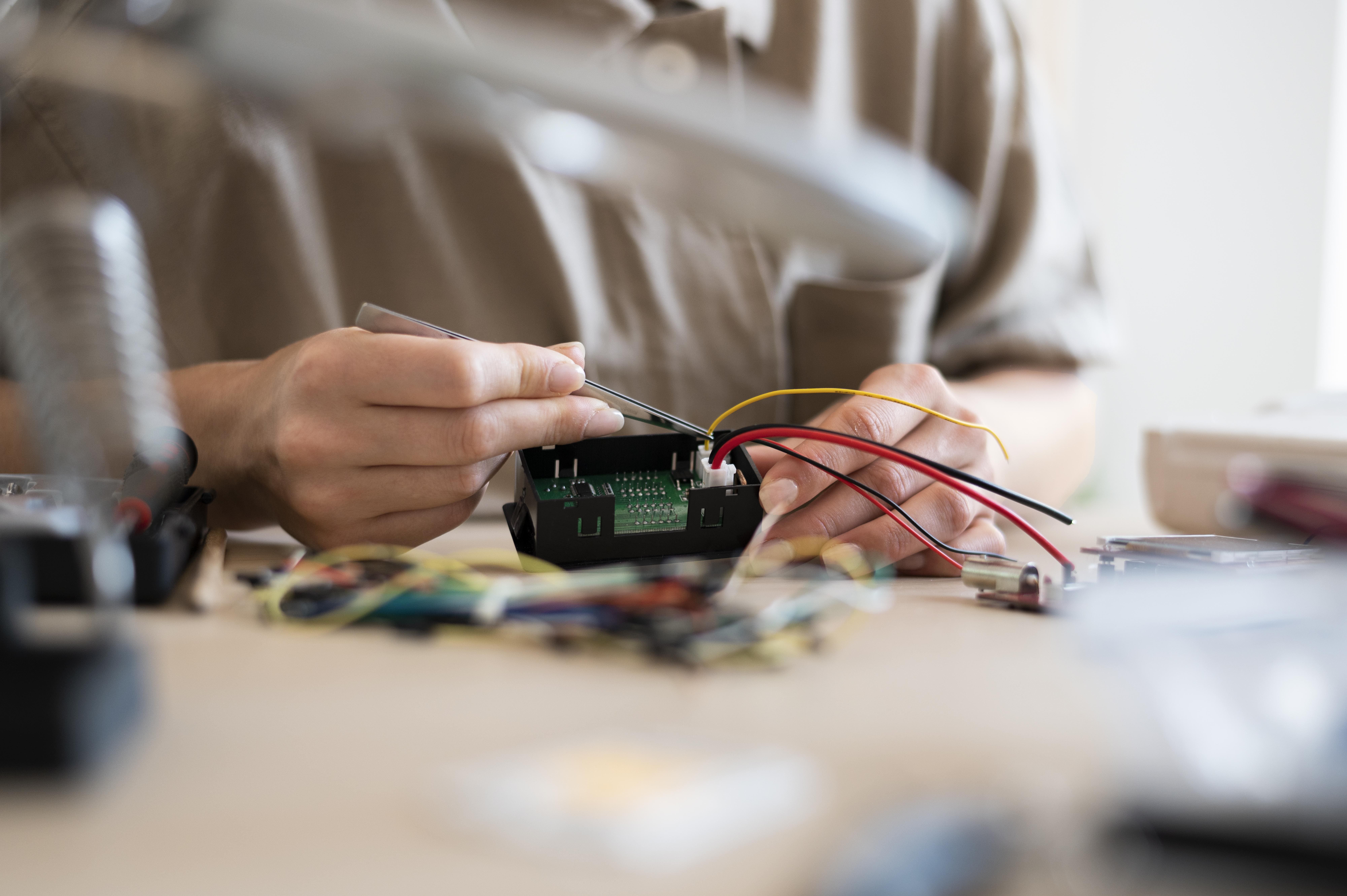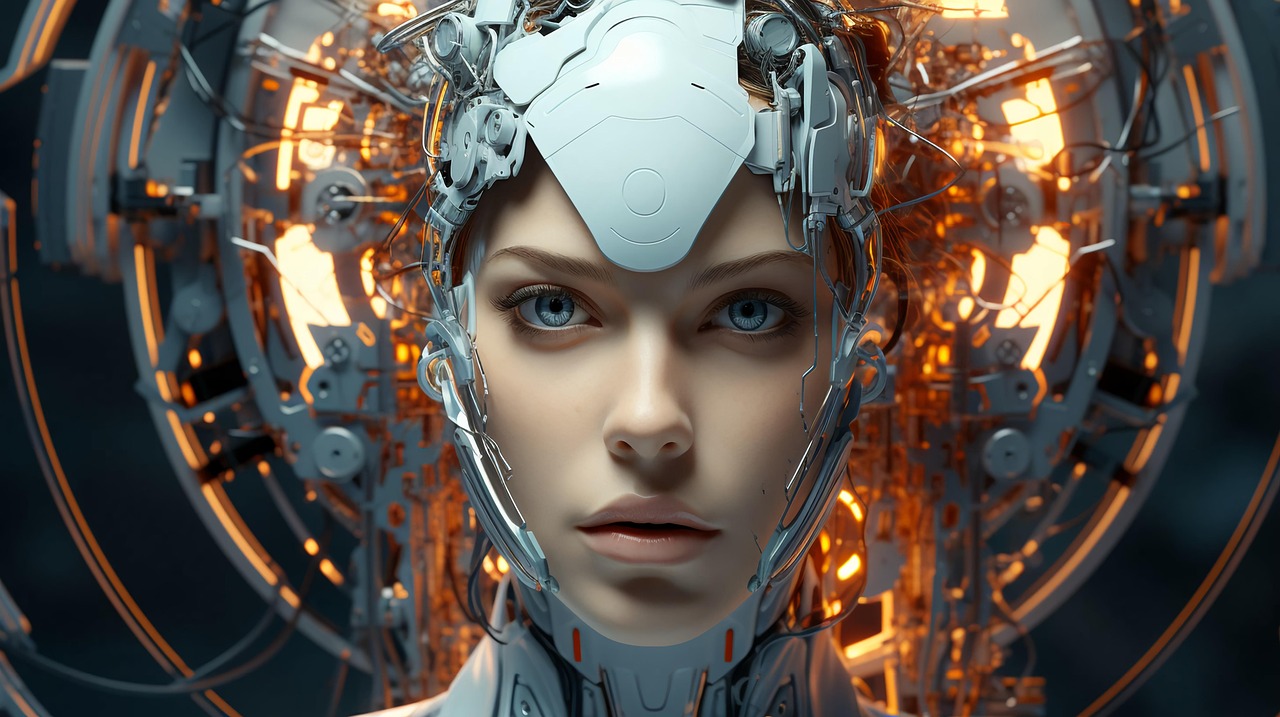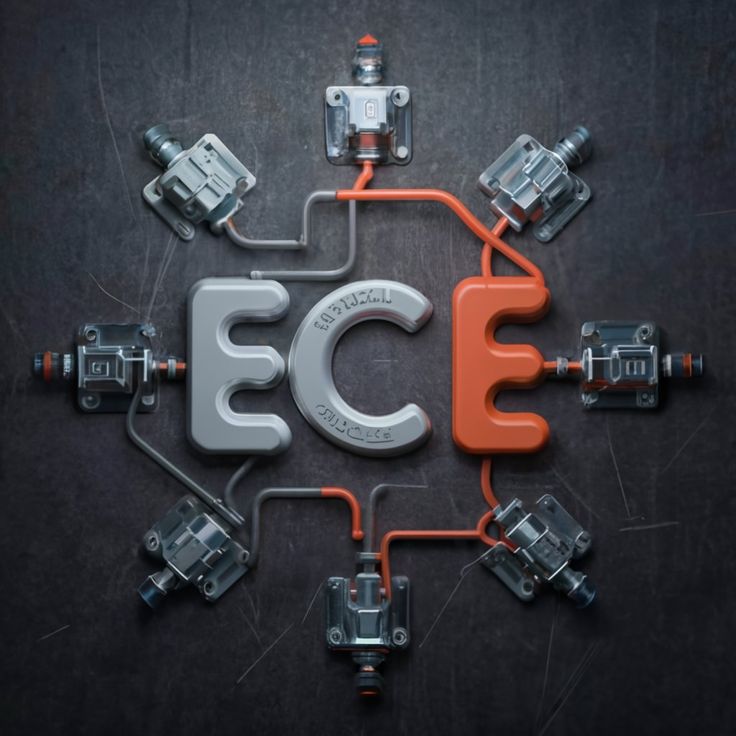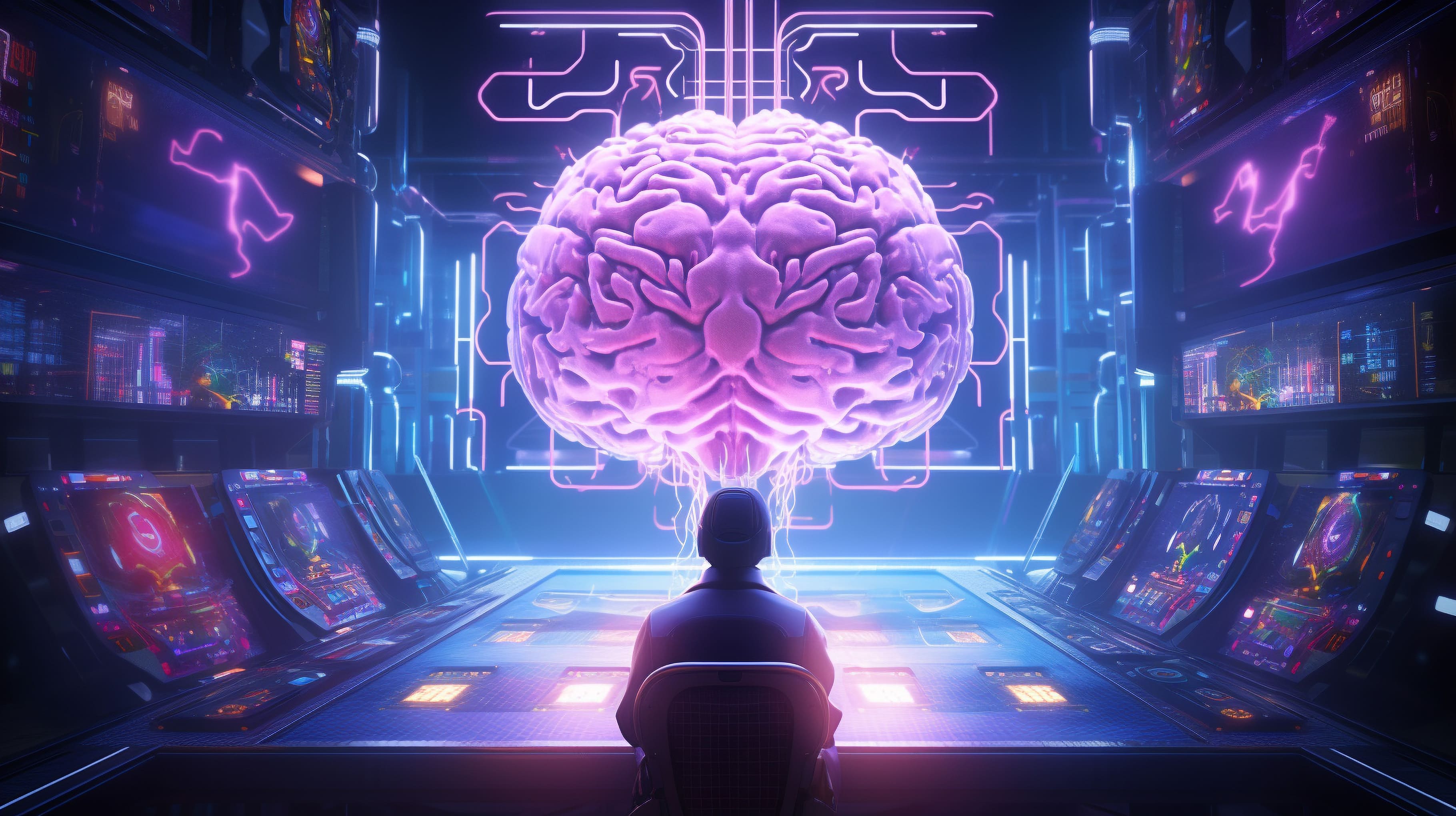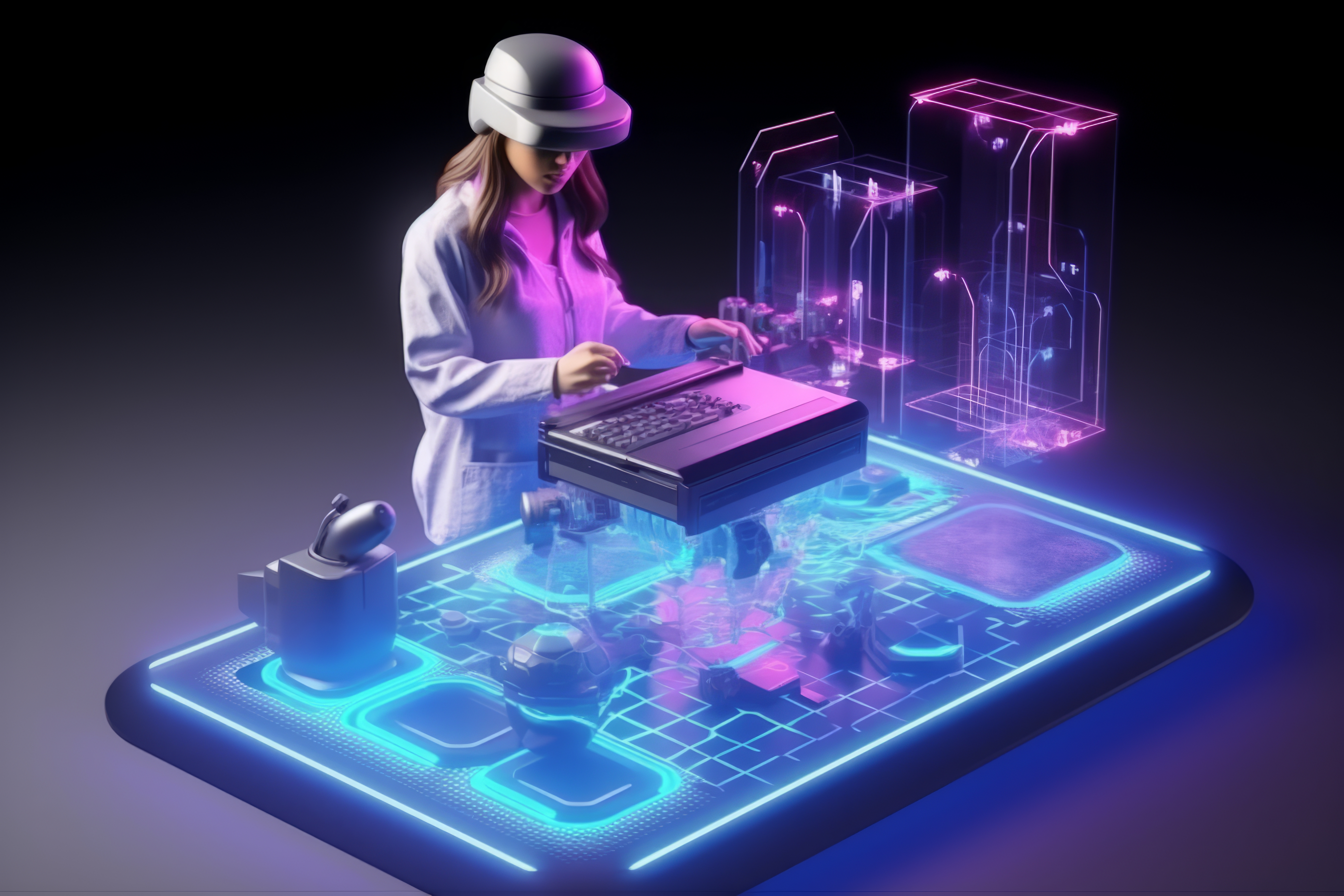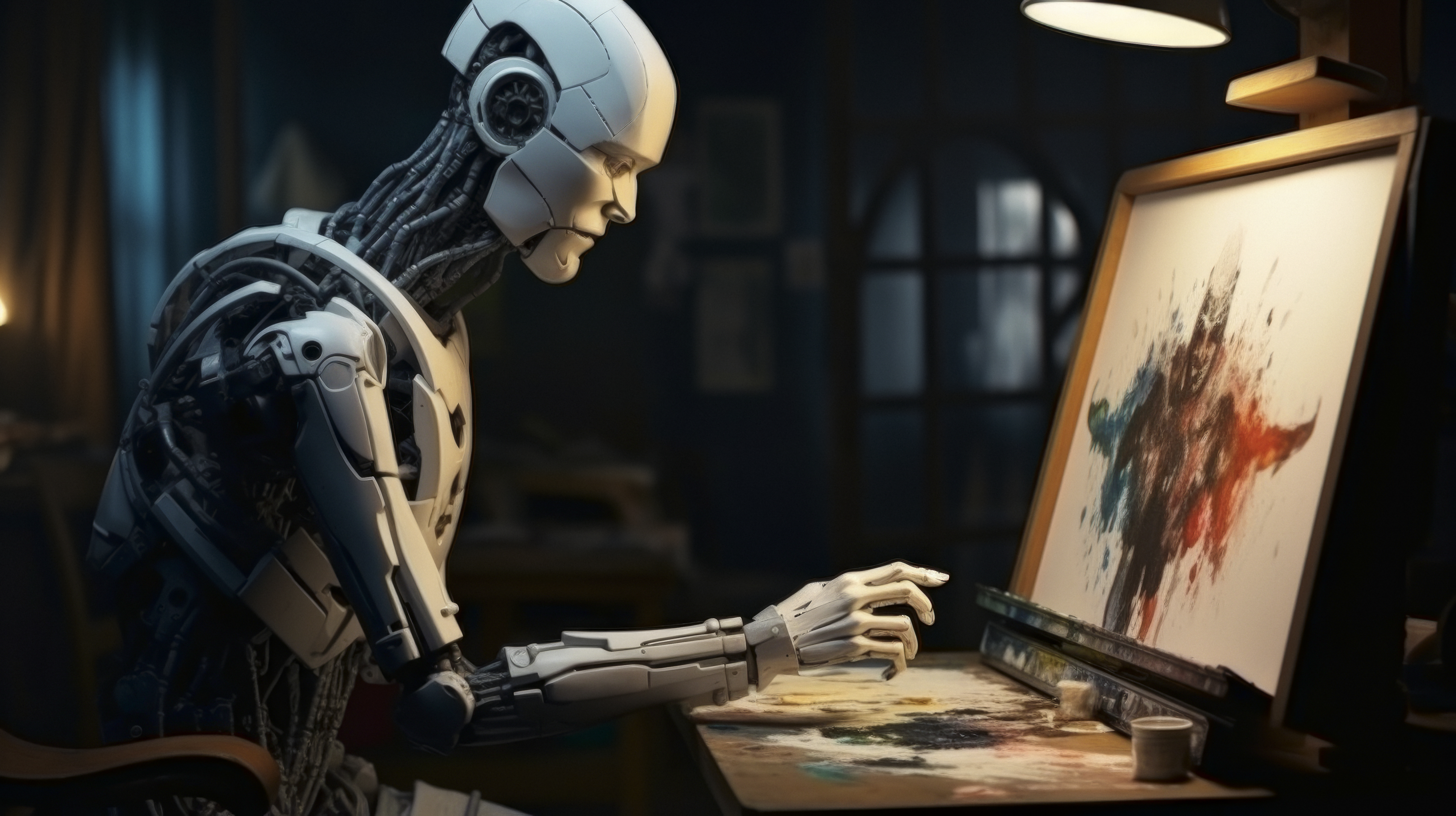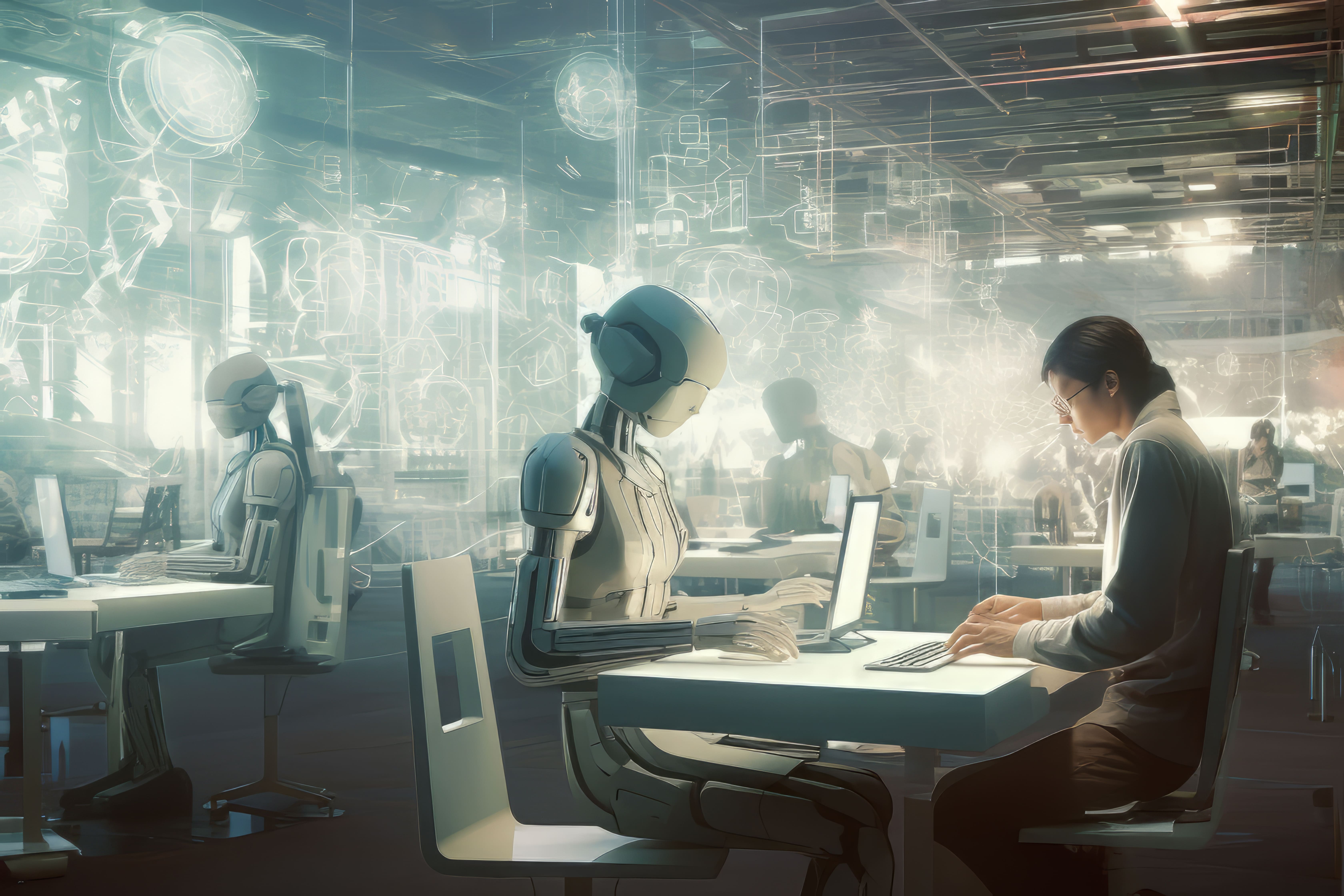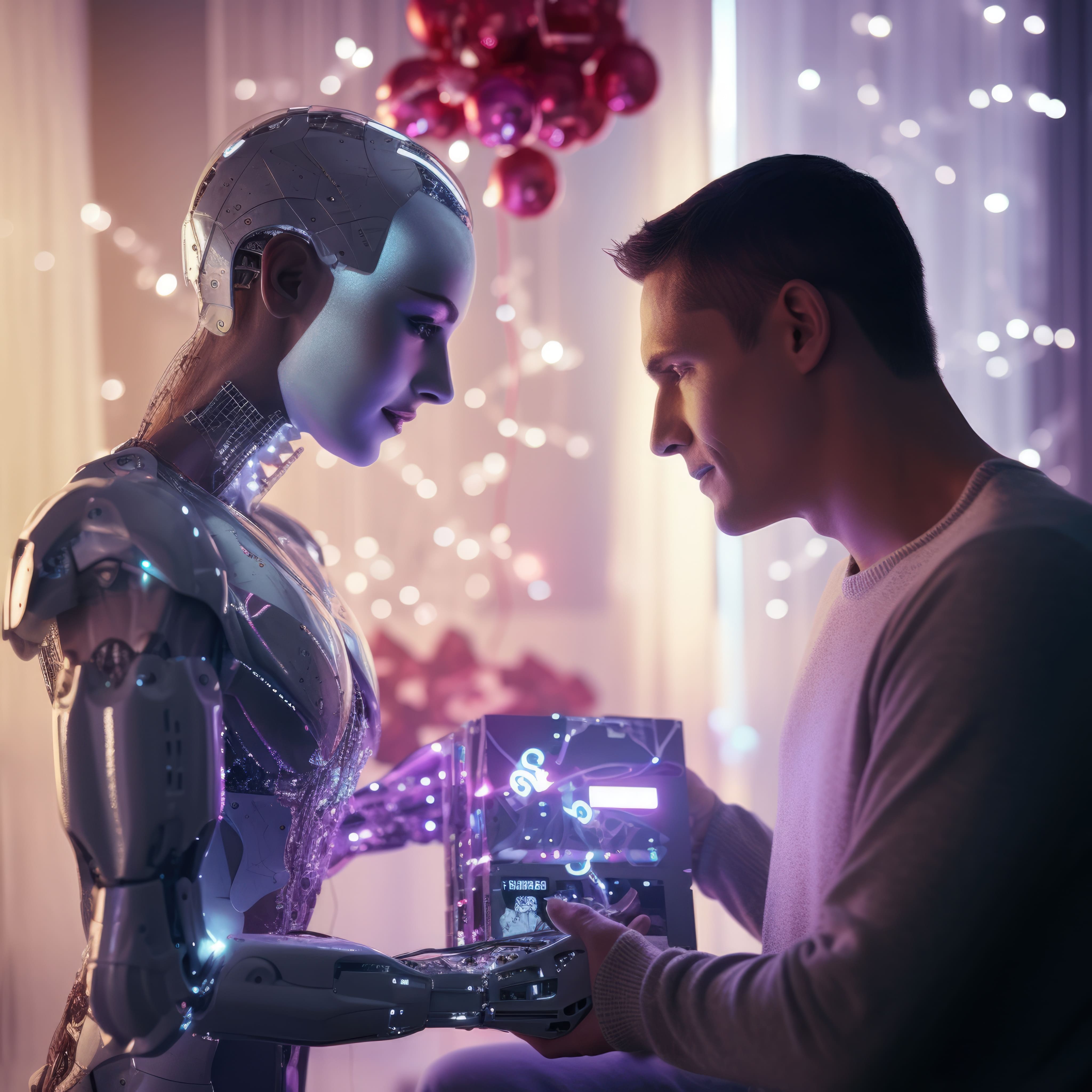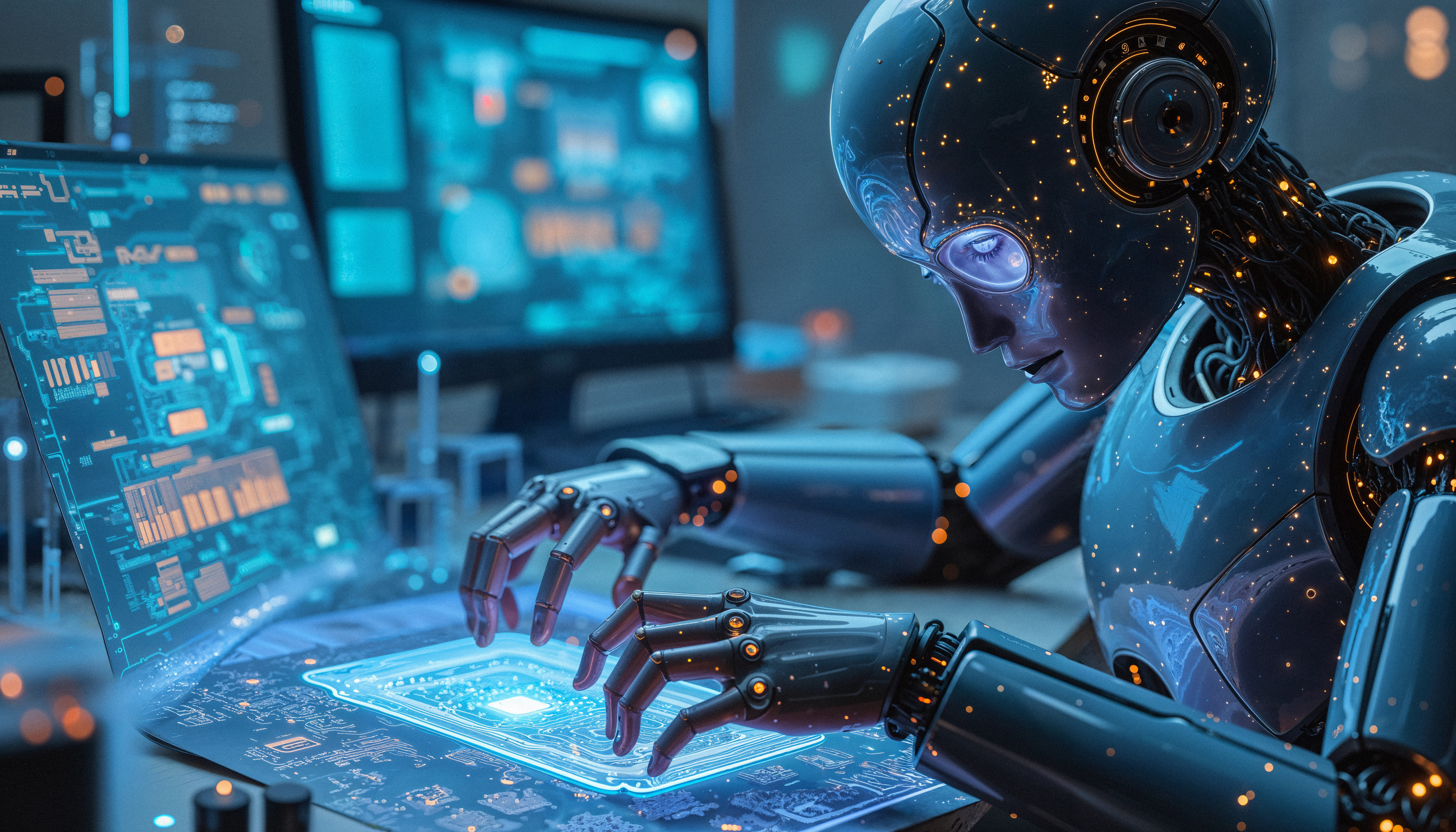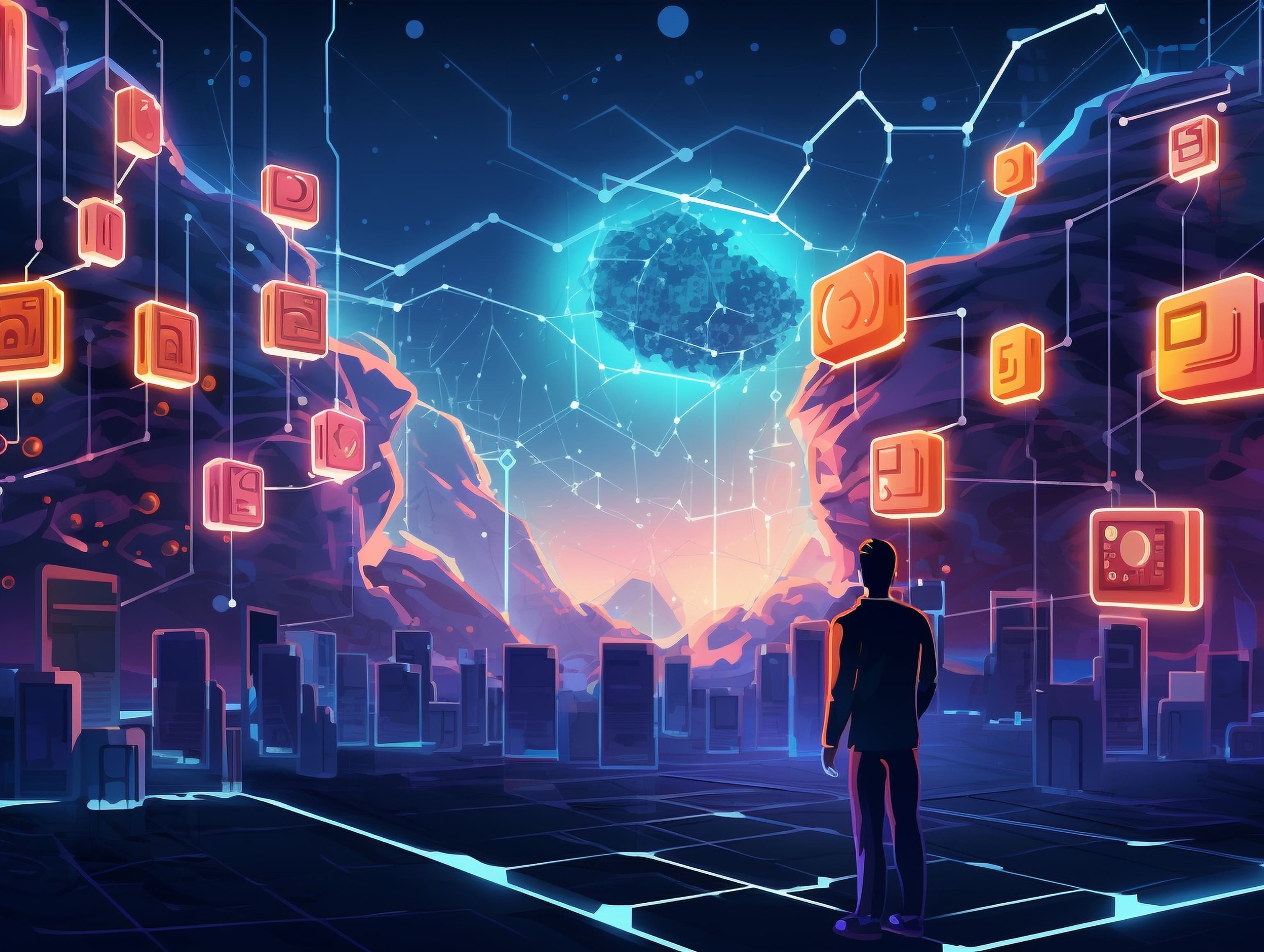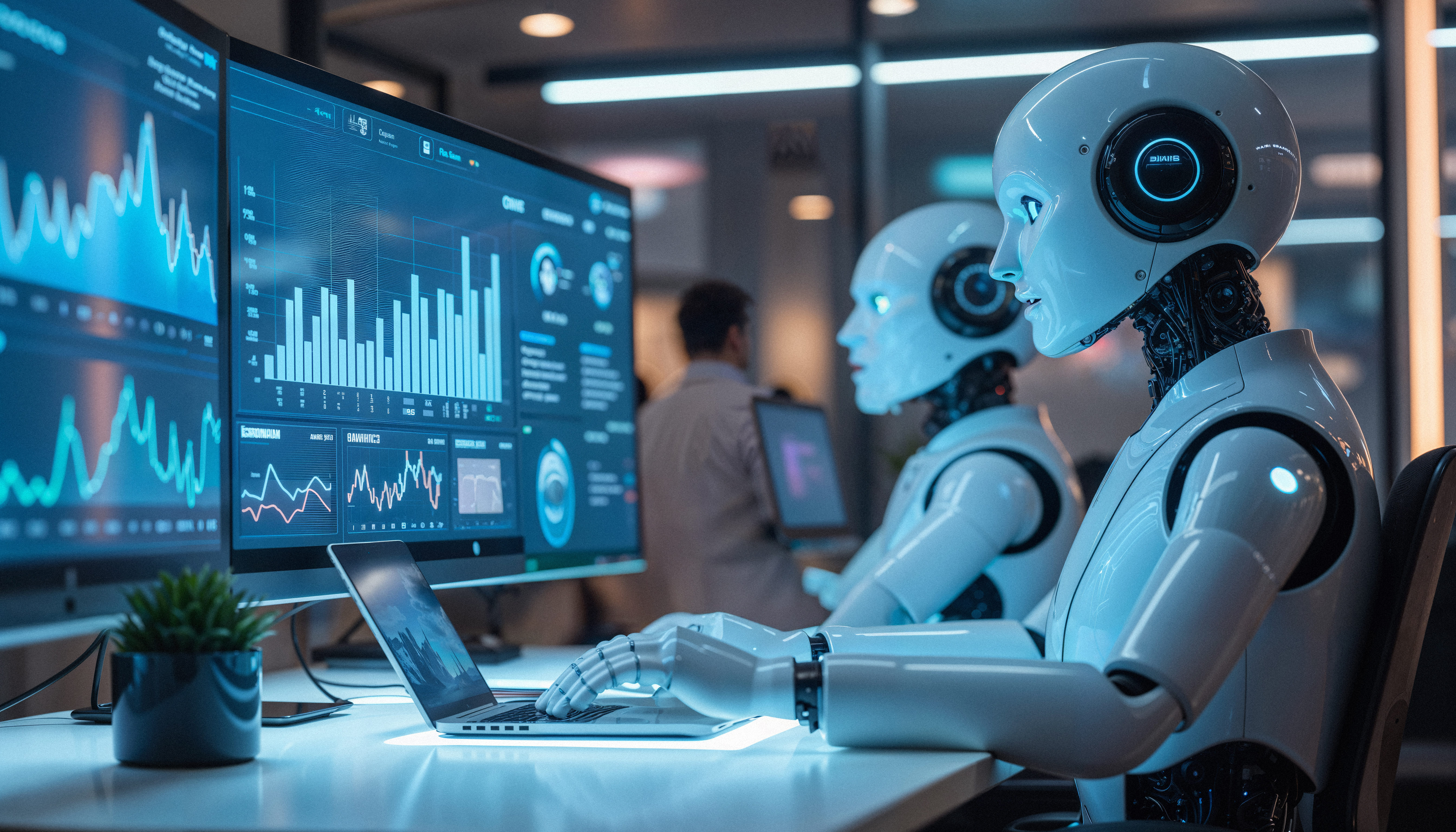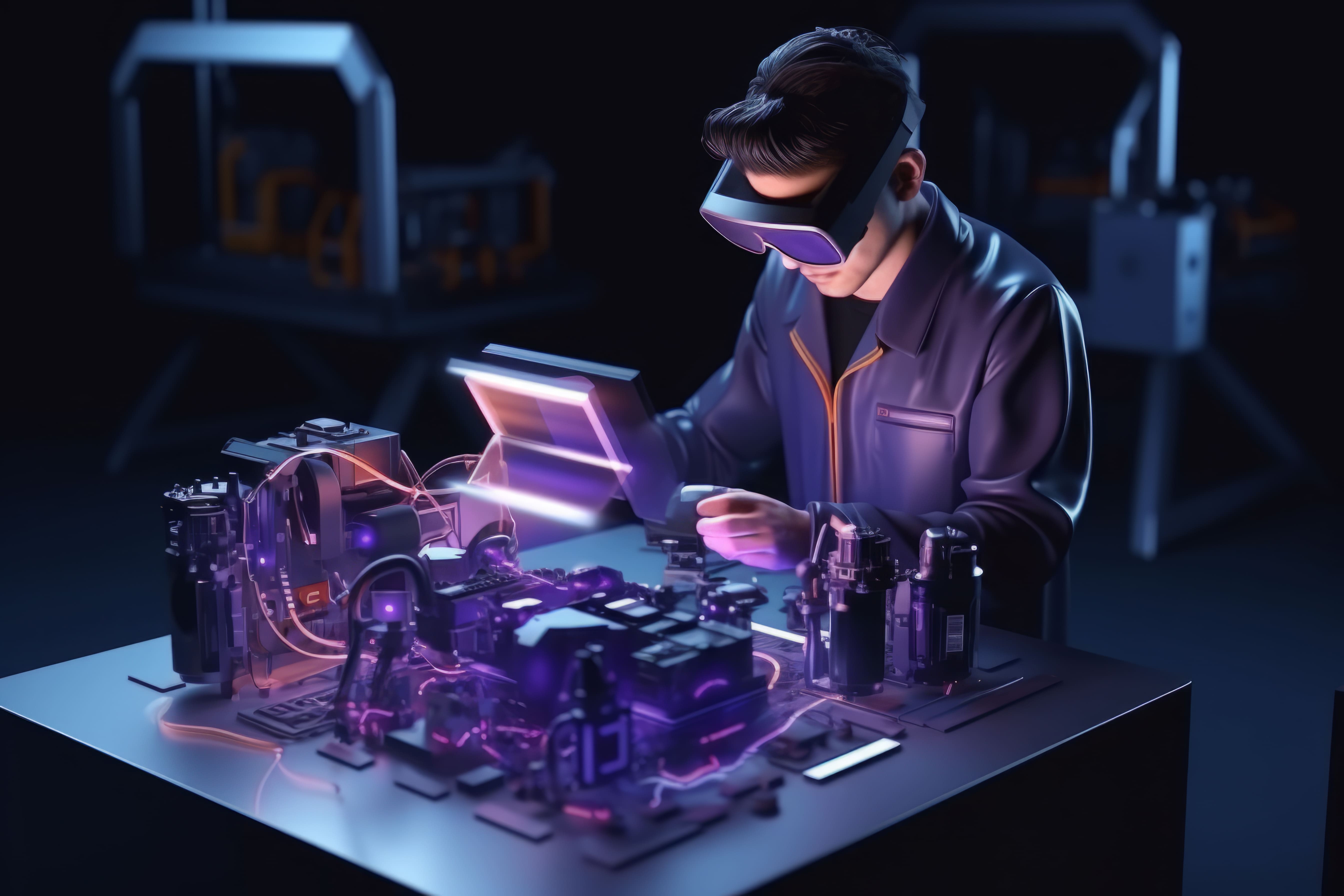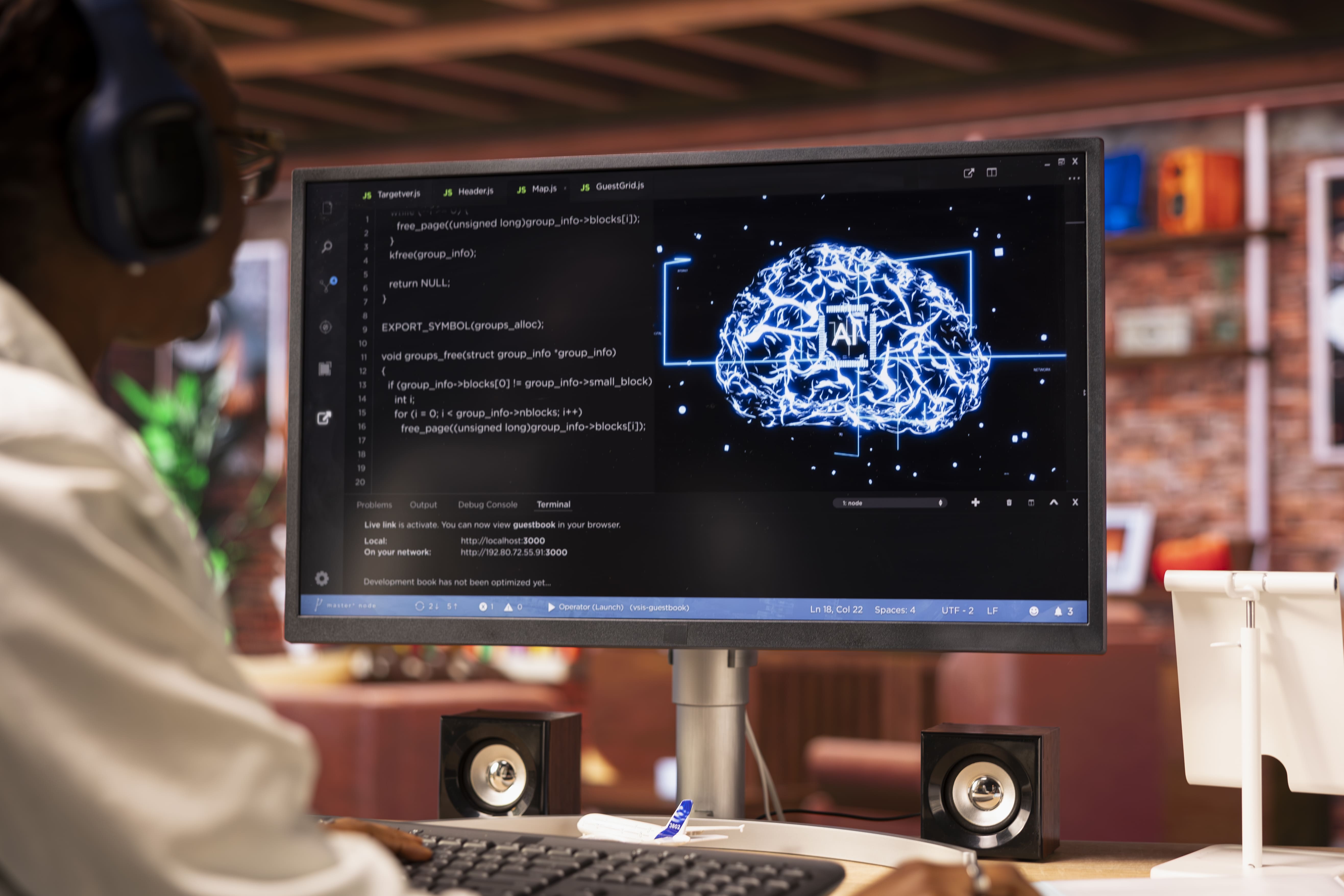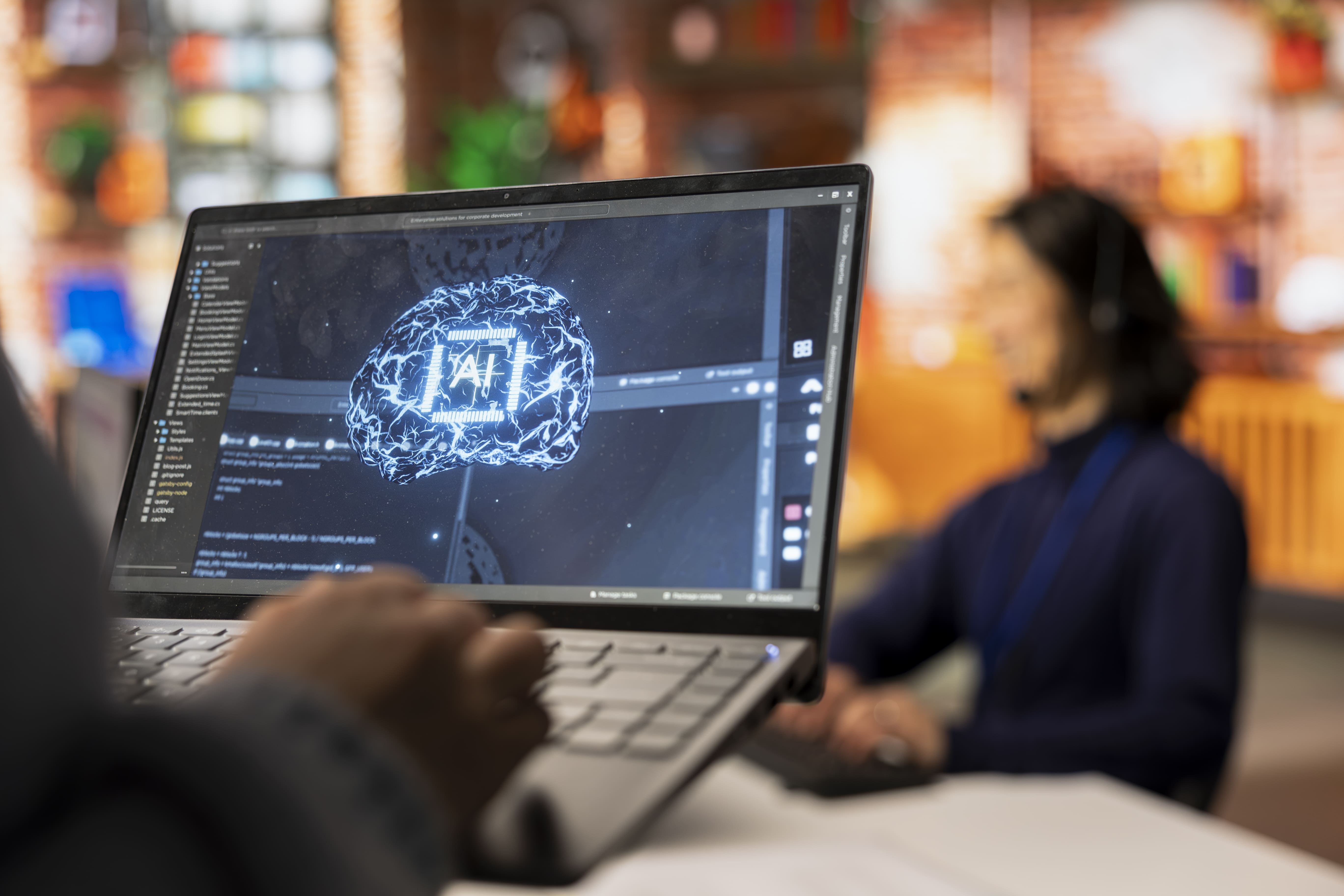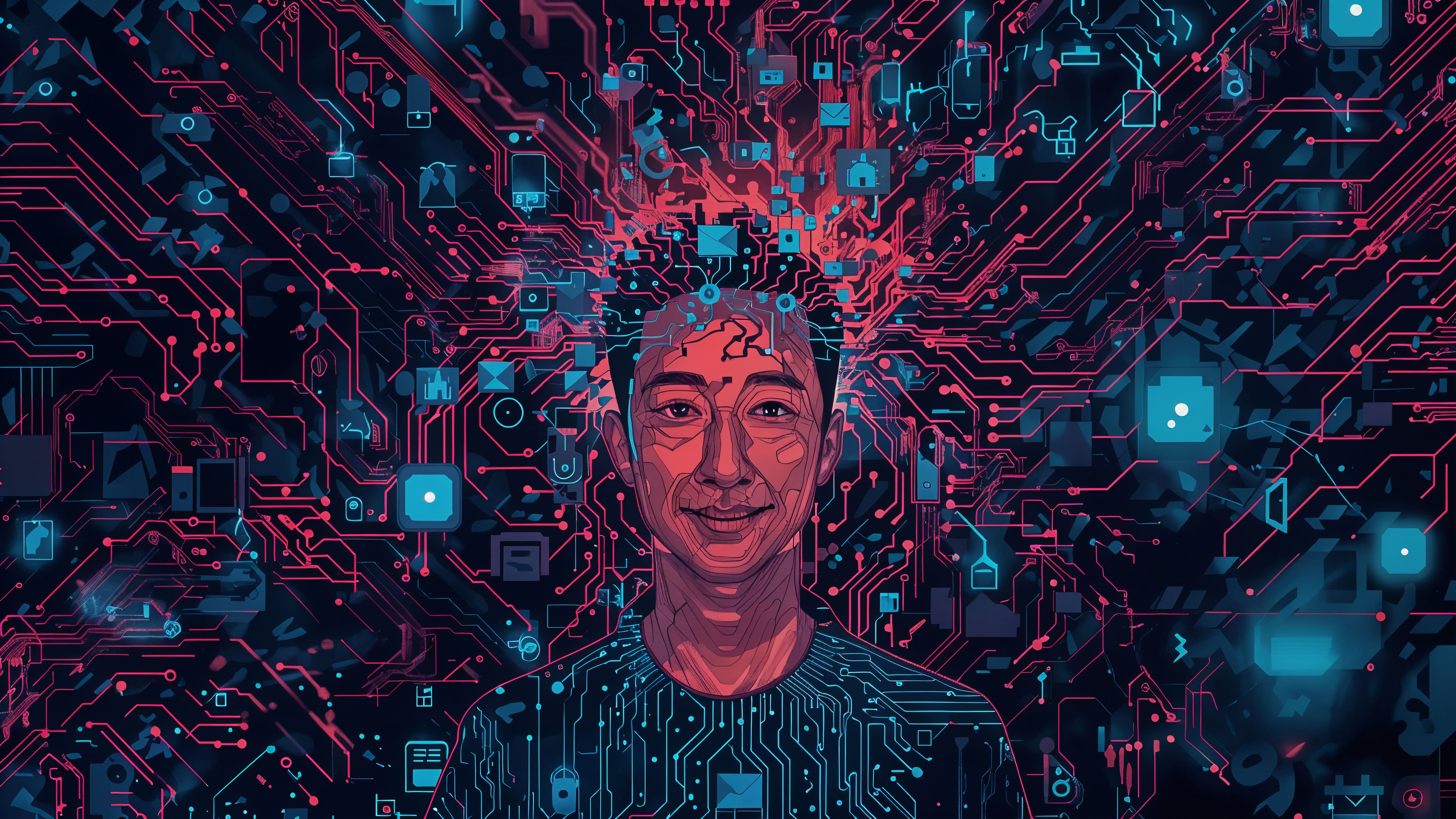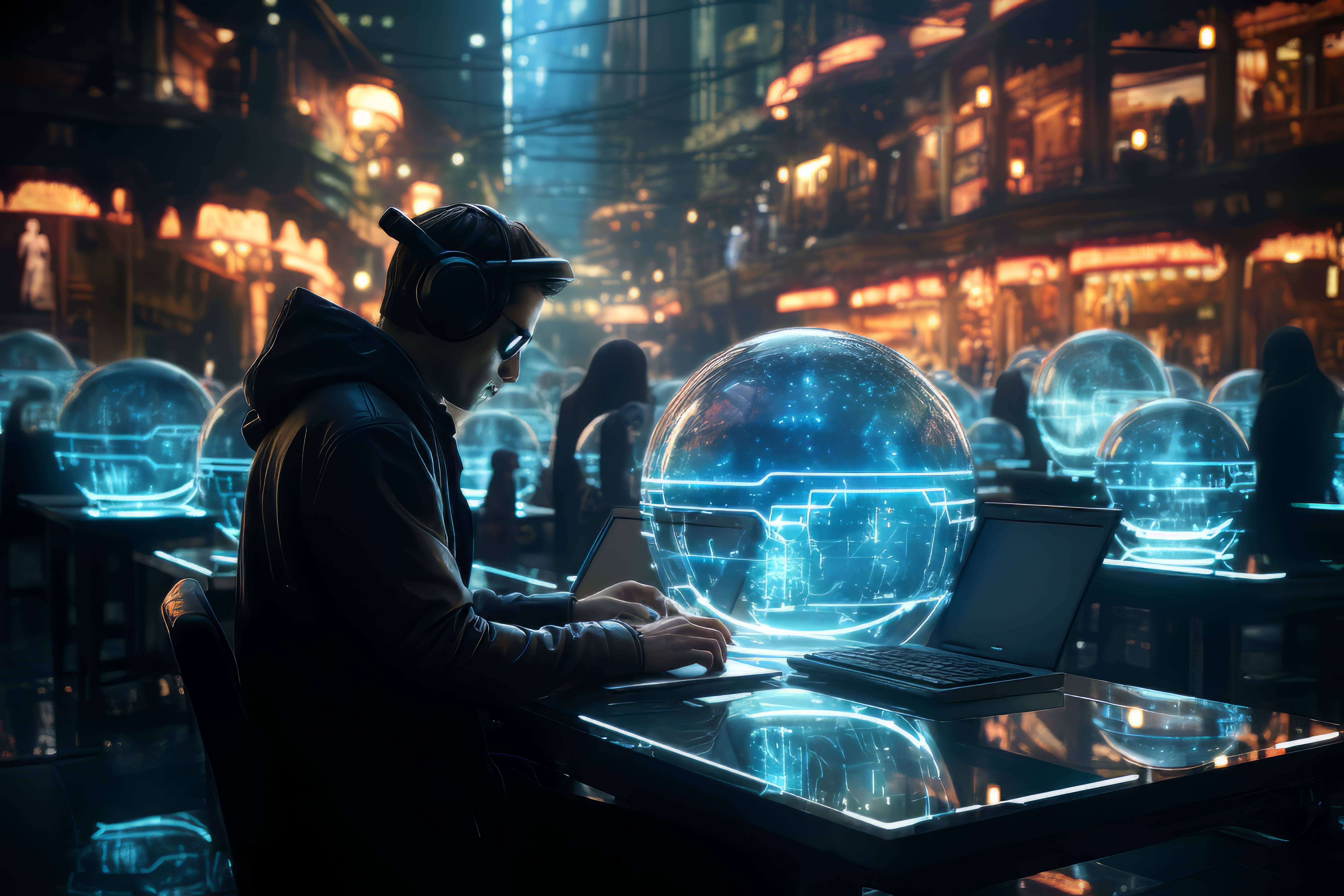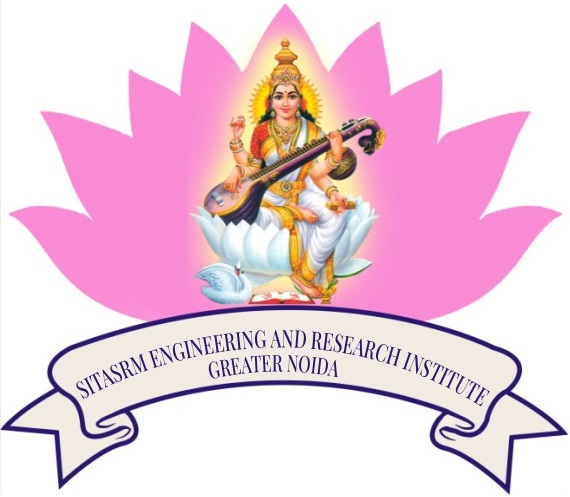 SITASRM ENGINEERING & RESEARCH INSTITUTE
SITASRM ENGINEERING & RESEARCH INSTITUTE
 SITASRM ENGINEERING
SITASRM ENGINEERING & RESEARCH INSTITUTE

SITASRM ENGINEERING & RESEARCH INSTITUTE
Menu
Machine Learning Neural Networks: Brain-Inspired Computation

Have you ever wondered whether the complex interweaving of neurons in your brain could exist in silicon? AI and machine learning have always aligned themselves with the hope that we can recreate the impressive capabilities of the human brain.
The field of machine learning neural networks is a computational paradigm inspired by the arrangement that governs our thoughts, memories and actions. For engineering students who are new to AI and machine learning, thinking about neural networks in brain-inspired terms will help them to think conceptually, meaning it will put them in a position to extract the principles of how neural networks work as a means for building intelligent systems in the future.
The Biological Blueprint: Inspiration from the Neuron
The neuron is the basic unit of the human brain. In the same way, machine learning neural networks are based on artificial neurons or nodes. You could use the following statements as a comparison:
Biological Neuron: Receives signals, processes them, and sends out an output.
Artificial Neuron (Node): Receives input values, applies weights and an activation function, and produces an output.
The connection strengths between biological neurons vary (synapses change over time). In machine learning neural networks, they are represented by weights and altered during the learning process.
With the machine learning neural network implementation, we can think of this adjustment as learning, while the process of synaptic weighting in the biological brain is synaptic plasticity.
Architectural Parallels: Layers and Connectivity
Our brain has an organized architecture, with different areas doing the tasks (for example, the visual cortex is a layer that processes visual input). Machine learning neural networks, especially deep learning models, organize themselves into layers:
-
Input Layer: Accepts raw data.
-
Hidden Layers: Does feature extraction.
-
Output Layer: Produces the final output (prediction, classification).
Consider–Image Recognition
Imagine how your brain interprets an image. The brain does not see the whole object at once, it uses different spatial layers within the visual cortex to sequentially interpret edges, shapes, textures and the object as a whole.
Deep convolutional machine learning neural networks simulate this with convolution layers that sequentially learn hierarchically these features of an image based on pixel data. Patterns of connectivity in these networks also resemble the brain.
Convolution layers are grounded on the idea of receptive fields in the visual cortex, whereby a neuron only responds to stimuli in a small area of the visual field. Recurrent neural networks, on the other hand, are designed to process sequences of data using feedback loops, which allow certain circuits in the brain to also process time in sequences of information.
Learning and Adaptation: The Core of Intelligence
Learning is a core part of both biological and artificial intelligence. The brain has mechanisms for learning, such as strengthening connections between neurons that are co-active frequently. Machine learning neural networks utilize algorithms for learning purposes such as backpropagation.
For instance–Training a Network to Recognize Cats and Dogs
In the training phase, the network sees many images of cats and dogs, and if it incorrectly identifies an image, backpropagation will calculate the error and revise the weights of the connections in the artificial neural network. This iterative training occurs until the network can correctly classify cats and dogs, very similar to how your brain responds to repeated exposure to distinguish between objects, and your brain gets feedback when it encounters animals that it misclassified.
In your brain, things like regularization in machine learning neural networks is really no more than better discrimination (what we call overfitting; this happens when the network has learned to classify the training data well, but not the test data). Discrimination also can be thought of as "not just the storage of facts" but a so-called generalization of knowledge.
The Future of Brain-Inspired AI
The AI and machine learning literature continues to look at neuroscience for inspiration, and likely will for the foreseeable future. As we know more about our brains, AI should become more sophisticated in terms of machine learning neural networks. Neuromorphic computing is being championed as creating hardware that imitates the brain's structure or function and is a significant key to the future of corrected and rehabilitated AI agents.
Engineering students must learn the brain-inspired principles underlying the machine learning neural networks in order to have a basis to understand today's technologies within the framework of machine learning and AI while also being able to participate in the evolution of it. Recognizing we have biological connections to artificial systems you are now more equipped to appreciate the complexity behind both natural and artificial intelligence and the ongoing evolution of machine learning neural networks demonstrates the benefits of interdisciplinary thought in unifying the divide between biology and computing.

